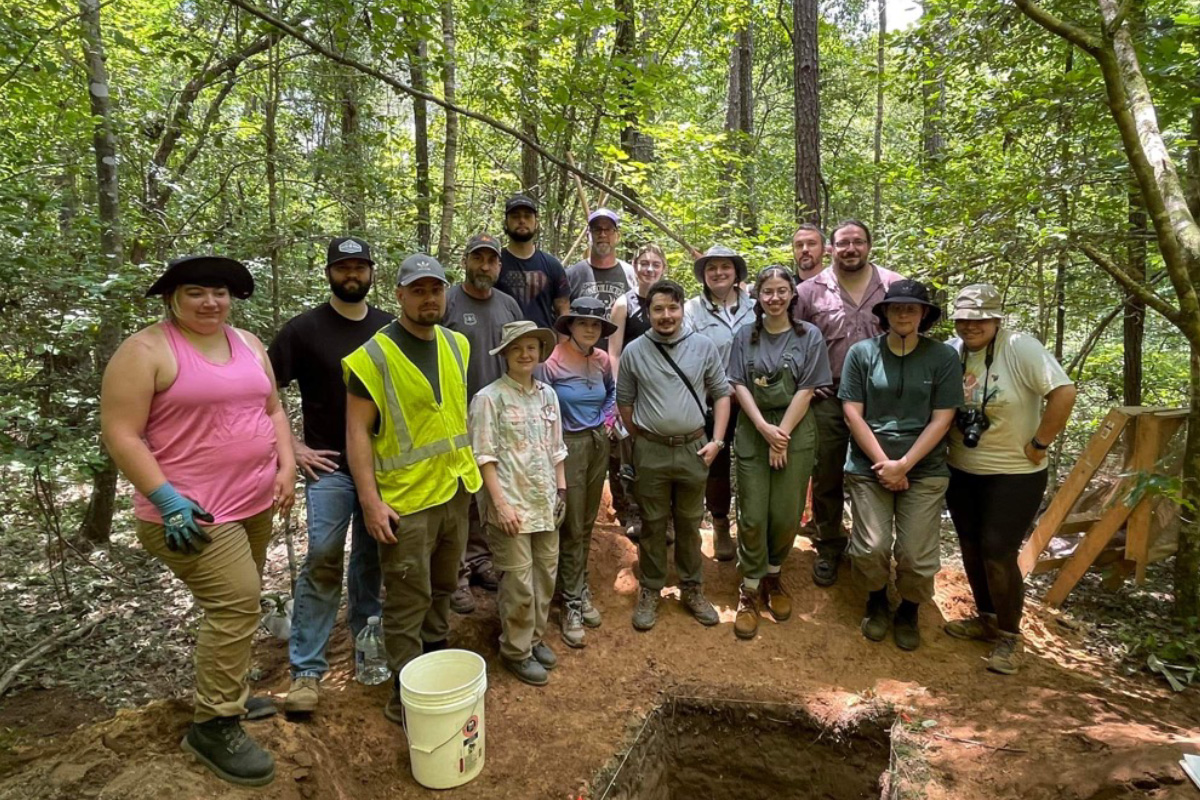

CAPTION: Featured speaker Erlend Johnson will discuss recent findings from excavations in Kisatchie National Forest, located in western Louisiana.
MONROE, LA – October is Louisiana Archaeology Month and to celebrate, the ULM Museum of Natural History will host featured speaker Erlend Johnson on Thursday, October 19 at 6:00 p.m. The talk is entitled “Hurricane Salvage and Public Archaeology” and will be hosted at the museum on the first floor of Hanna Hall, 708 University Ave. on the ULM campus. The public is invited to attend.
“The ULM Museum of Natural History looks forward to promoting Archaeology Month and this year is no exception,” said museum director Dr. Kim Marie Tolson. “We have a great speaker and a great subject from a site here in Louisiana,” she added.
Johnson’s presentation will feature preliminary results from data recovery excavations in Kisatchie National Forest, located in western Louisiana. It is based on research co-authored by Mark Rees and Matthew Helmer.
Hurricanes Laura and Delta in 2020 caused extensive tree-fall damage to more than 100 sites throughout Kisatchie National Forest, including two large Pre-Contact sites. These multi-component sites measure more than 100 acres and are eligible for listing on the National Register of Historic Places. In addition to storm damage, they have been heavily impacted by looting. Excavations were conducted at these sites last spring through an agreement between the U.S. Forest Service and the University of Louisiana at Lafayette, Louisiana Public Archaeology Lab.
The excavation of 55 cubic meters documented high densities of artifacts and cultural features, including a large number of projectile points, at least three post molds, and activity surfaces, with cultural material extending down more than two meters in depth. Diagnostic artifacts indicate intermittent occupation of the Pleistocene terrace overlooking Drakes Creek from the Paleoindian period (ca. 13,500-10,000 years before present) through the early twentieth century.
“Mitigating historic properties damaged by hurricanes and looting also presents an opportunity for advancing public archaeology and education,” said Johnson.